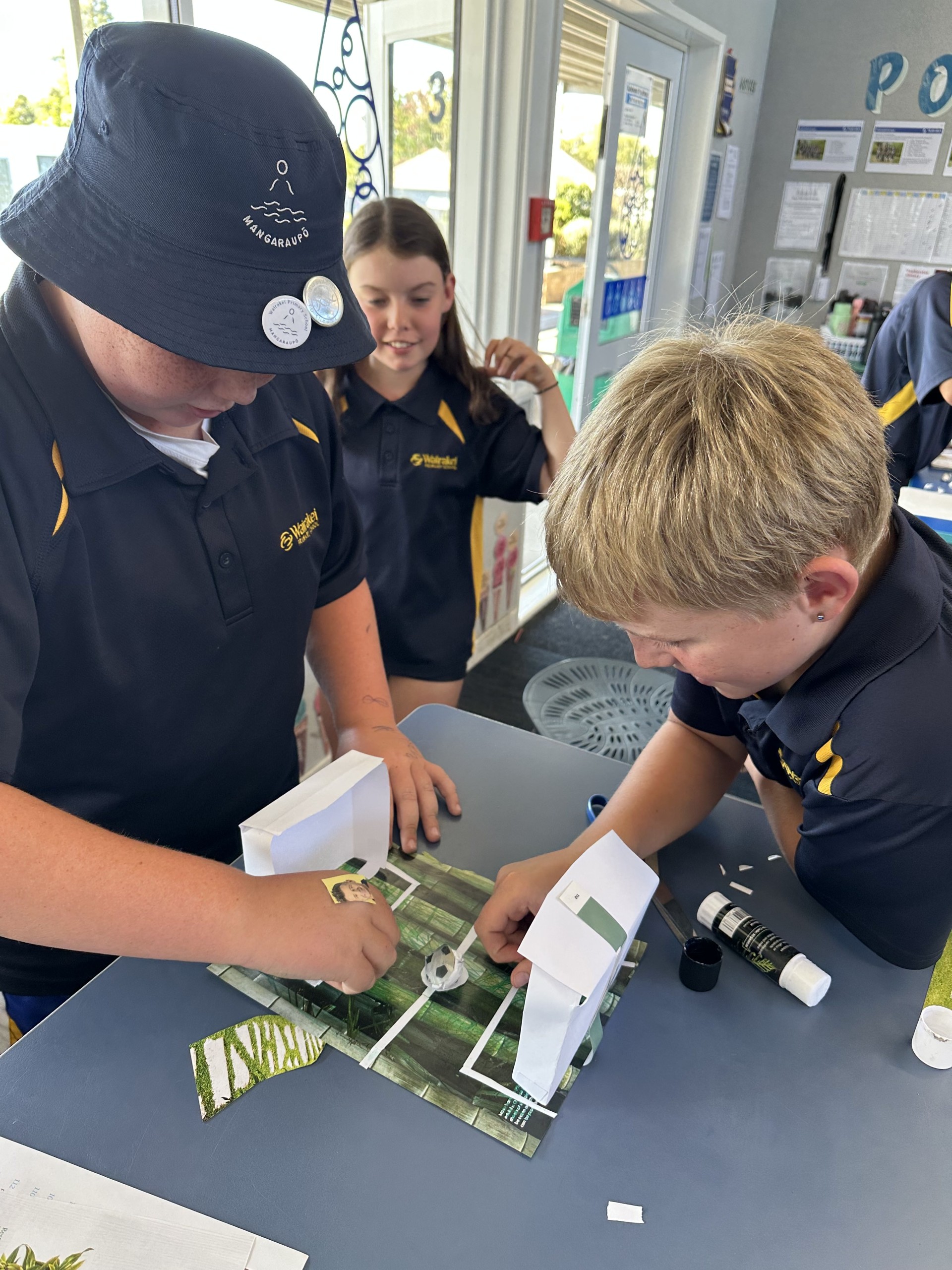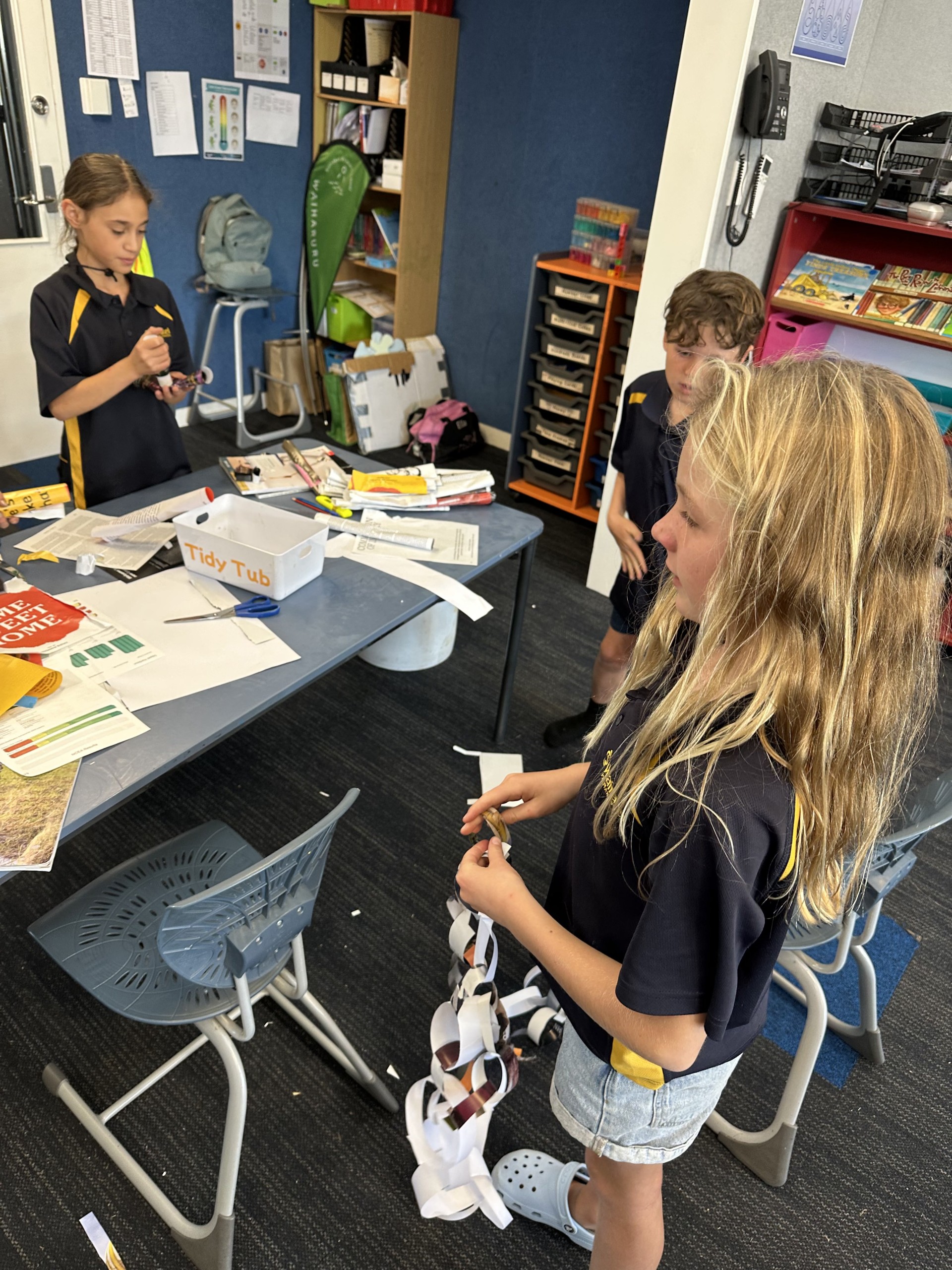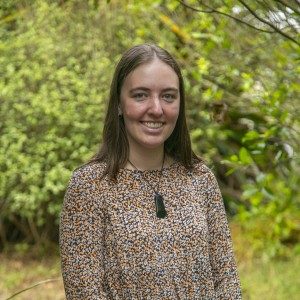Enthusiasm was low for a group of students who didn’t see themselves as creative. “Why don’t they see themselves as creative?” Bowie wondered. Posing the question, “Are you creative?” to the class resulted in an interesting divide, with only half of Room 3 believing that they are creative.
These reflections set the stage for an exploration of what creativity means. For some, creativity is something they associate with artists, musicians, or performers. It’s often seen as a skill reserved for the "naturally gifted"—something that can’t be cultivated or learned. Therein lies the challenge: How do people show and develop creativity?
Recognising that creativity is a part of our everyday life, Room 3 discussed how we, and our families, are creative on a daily basis. Liam’s Poppa is creative because he makes paella and tries new ingredients in his cooking, while Matilda’s Grandad was a blacksmith. Leela’s Nanna is a cooking and sewing teacher, and Waimaria recognised that the painters around the school also show creativity.
Bridging the idea of creativity with our community, students explored different businesses, sculptures, and artworks around Taupō. Pakira realised that Four B Taupō uses creativity when fixing bikes—creating solutions to the problems they see. Another student acknowledged the amount of effort and creativity put into the Ngātoroirangi Mine Bay Māori Rock Carvings.
When challenged to represent creativity using magazines, paper, glue, and colouring pencils, students quickly worked together to plan their project. Ben and his group opted for a soccer field because “teams have to be creative with how they strategize to win a game,” while Bowie and her group chose a stationery chain that shows some of the tools that can be used for creating new art projects.
If businessmen, professional sports players, chefs, mechanics, and other people in our community are creative, how are you? Through this process, Alfie realised that he is creative in his sports. Tomas connected his creative abilities with his writing skills.
The answer to the question of how people show and develop creativity, as Room 3 discovered, lies in recognising that creativity is part of our everyday lives and can be nurtured through different experiences and perspectives. From trying new recipes to solving problems in the community, creativity develops through practice, exploration, and the willingness to think outside the box.
Creativity is whatever your imagination comes up with. This could be painting, writing, making with materials, or having a new idea.






Comments
No one has commented on this post yet.